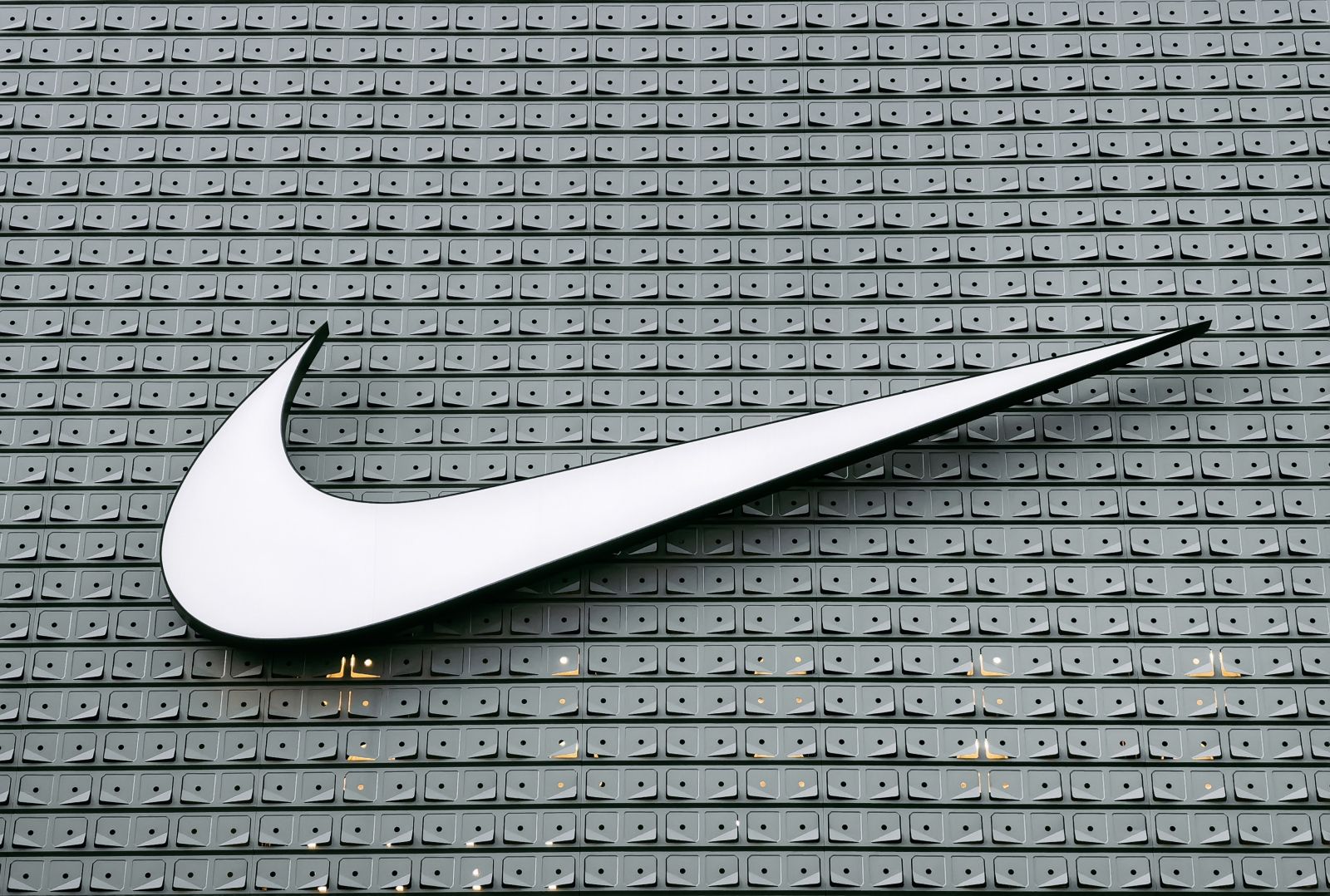
Selling cash secured puts on stocks an investor is happy to take ownership of is a great way to generate some extra income. A cash-secured put involves writing an at-the-money or out-of-the-money put option and simultaneously setting aside enough cash to buy the stock. The goal is to either have the put expire worthless and keep the premium, or to be assigned and acquire the stock below the current price. It’s important that anyone selling puts understands that they may be assigned 100 shares at the strike price.
Why Trade Cash Secured Puts?
Selling cash secured puts is a bullish trade but slightly less bullish than outright stock ownership. If the investor was strongly bullish, they would prefer to look at strategies like a long call or a bull call spread. Investors would sell a put on a stock they think will stay flat, rise slightly, or at worst not drop too much.
Cash secured put sellers set aside enough capital to purchase the shares and are happy to take ownership of the stock if called upon to do so by the put buyer. Naked put sellers, on the other hand, have no intention of taking ownership of the stock and are purely looking to generate premium from option selling strategies.
The more bullish the cash secure put investor is, the closer they should sell the put to the current stock price. This will generate the most amount of premium and also increase the chances of the put being assigned. Selling deep-out-of-the-money puts generates the smallest amount of premium and is less likely to see the put assigned.
NKE Cash Secure Put Example
Yesterday, with NKE trading at 116.98, the July 21 put option with a strike price of 110 was trading around $3.30. Traders selling this put would receive $330 in option premium. In return for receiving this premium, they have an obligation to buy 100 shares of NKE for $110. By July 21, if NKE is trading for $105, or $100, or even $70, the put seller still has to buy 100 shares at $110.
But, if NKE is trading above $110, the put option expires worthless, and the trader keeps the $330 option premium. The net capital at risk is equal to the strike price of 110, less the 3.30 in option premium. So, if assigned, the net cost basis will be $106.70. That’s not bad for a stock currently trading at $116.98. That’s an 8.79% discount from the price it was trading yesterday.
If NKE stays above $110, the return on capital is:
$330 / $10,670 = 3.09% in 64 days, which works out to 17.37% annualized.
Either the put seller achieves a 17.37% annualized return or gets to buy the stock for an 8.79% discount. You can find other ideas like this using the Naked Put Screener. Below you can see some parameters that you might consider for running this screener. Feel free to tweak them as you see fit.

Company Details
The Barchart Technical Opinion rating is a 24% Buy with a weakest short term outlook on maintaining the current direction.
Of 26 analysts covering NKE, 15 have a Strong Buy rating, 3 have a Moderate Buy and 8 have a Hold rating.
NIKE Inc. is engaged in the business of designing, developing and marketing of athletic footwear, apparel, equipment and accessories, and services for men, women and children worldwide. With the help of a strong brand portfolio, including Nike Pro, Nike Golf, Nike and Air Jordan, it offers premium, well-designed and high-quality products, in line with the latest customer trends. NIKE is the global leader in athletic footwear, apparel, equipment and sports-related accessories. Nike's 'swoosh' logo and 'just do it' tagline are widely recognized across the world, while its association with celebrity sportspersons, such as Michael Jordon and Roger Federer as well as top professional and college teams ensures a strong brand recall in the key U.S., U.K., Japanese and Chinese markets. The company's products include six key categories: running, NIKE basketball, the Jordan brand, football, training and sportswear (sports-inspired lifestyle products).
Summary
While this type of strategy requires a lot of capital, it is a great way to generate an income from stocks you want to own. If you end up being assigned, you can sit back and collect the nice 1.13% dividend on offer from NKE. You can do this on other stocks as well, but remember to start small until you understand a bit more about how this all works.
Risk averse traders might consider buying an out-of-the-money put to protect the downside.
Please remember that options are risky, and investors can lose 100% of their investment.
This article is for education purposes only and not a trade recommendation. Remember to always do your own due diligence and consult your financial advisor before making any investment decisions.
On the date of publication, Gavin McMaster did not have (either directly or indirectly) positions in any of the securities mentioned in this article. All information and data in this article is solely for informational purposes. For more information please view the Barchart Disclosure Policy here.






